Rising Tides: Navigating the Geopolitical Shifts of the Modern Era. | (Thu 09 May 2024 05:30)
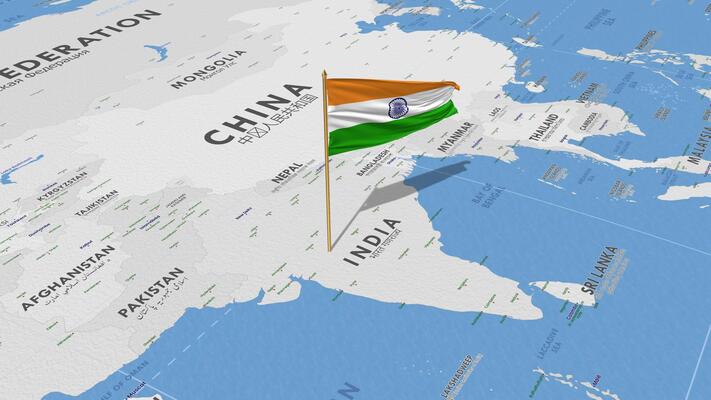
In an increasingly interconnected world, the landscape of global power is continuously evolving. Geopolitics — the intersection of geography, politics, and power — plays a critical role in shaping the international order. In the 21st century, this dynamic is being influenced by rising powers, technological advancements, environmental challenges, and shifting alliances. As the geopolitical framework changes, so too do the strategies of states, multinational corporations, and international organizations.
In this article, we will explore the key geopolitical trends and how they are influencing global stability and the balance of power.
1. The Rise of China: The New Superpower Challenge
One of the most significant developments in modern geopolitics is the rise of China as a global power. Over the last few decades, China has transformed itself from a largely isolated, agrarian society into the second-largest economy in the world. The Belt and Road Initiative (BRI), which aims to build infrastructure and foster trade links between Asia, Africa, and Europe, is a testament to China’s ambitions to establish itself as a key global player.
This geopolitical shift has ramifications across several regions. China's assertiveness in the South China Sea, its growing influence in Africa, and its strategic partnerships with Russia have challenged the long-standing dominance of the United States and Western powers. For instance, the U.S.-China rivalry has intensified, with both countries competing for leadership in technology, military power, and international influence. The Indo-Pacific region has become a focal point of competition, with China seeking to assert control over maritime routes while the U.S. and its allies, such as Japan and Australia, attempt to counter China’s expanding presence.
In addition, China's strategic investments in technology, artificial intelligence, and telecommunications (such as the development of 5G networks through companies like Huawei) are driving its quest for technological dominance. As China positions itself as a global leader, questions surrounding human rights, trade imbalances, and territorial disputes continue to fuel tensions in the international community.
2. The U.S. and the End of the Unipolar Moment
The United States, which emerged from the Cold War as the world's uncontested superpower, is now facing challenges to its global leadership. While the U.S. remains a military and economic giant, its dominance is being eroded by the rise of competitors like China and the resurgence of regional powers. The globalized world that the U.S. helped shape is now witnessing a shift toward multipolarity, where power is distributed among multiple actors.
This shift is particularly evident in regions such as the Middle East and Europe. U.S. foreign policy under the Trump administration emphasized America First withdrawing from international agreements and reducing its involvement in global governance institutions. The Biden administration has made efforts to restore the U.S.'s leadership role through re-engagement with NATO, the Paris Climate Agreement, and the World Health Organization. However, the internal political divisions in the U.S. — compounded by economic inequality, political polarization, and a shifting global perception of American democracy; have complicated its ability to maintain a dominant position.
Furthermore, the ongoing decline of liberal democracy in some parts of the world, coupled with the rise of authoritarianism, especially in countries like Russia and China, has put into question the values that once underpinned U.S. foreign policy. As a result, the international community has begun to question whether the U.S. can continue to maintain its status as the leading global power or whether it will need to adapt to a new world order.
3. The Russian Resurgence: Assertiveness on the Global Stage
Russia, under the leadership of Vladimir Putin, has sought to reassert its influence in the post-Soviet space and challenge the West on multiple fronts. The annexation of Crimea in 2014 and its involvement in the ongoing conflict in Ukraine are clear indicators of Russia’s ambition to retain control over key regions in Eastern Europe and beyond. Russia has also used its military influence to intervene in the Middle East, particularly in Syria, where it has supported the regime of Bashar al-Assad.
Russia's increasing military capabilities, including nuclear weapons, cyber warfare, and disinformation campaigns, have placed it at odds with the U.S. and its European allies. The revival of the NATO-Russia standoff and the threat of renewed conflict in Europe have led to heightened tensions on the continent. Moreover, Russia’s growing alliance with China, particularly in the realms of trade and military cooperation, signals a shift in global alliances, further eroding U.S. influence.
In a world that is becoming increasingly multipolar, Russia has sought to carve out its own sphere of influence, with a particular focus on countering Western alliances and institutions. Despite facing economic sanctions and political isolation, Russia's strategic positioning in energy, defense, and cyber capabilities makes it a significant geopolitical player.
4. The Environmental Geopolitics: Climate Change as a Driver of Conflict
The climate crisis is increasingly shaping geopolitical decisions. Climate change has the potential to cause widespread resource scarcity, displacement, and competition over water, arable land, and energy resources. This environmental stress is driving competition for control over the Arctic, as melting ice opens up new shipping routes and potential energy resources.
Countries like Canada, Russia, and the United States are vying for dominance in the region, and disputes over territorial claims are escalating. The South China Sea also faces tensions due to overfishing, contested maritime boundaries, and the region’s strategic significance for international trade.
Environmental crises, such as droughts, floods, and wildfires, can also create climate refugees, leading to mass migration and, in some cases, conflict over borders. The Syrian Civil War was partly driven by a severe drought that devastated the agricultural sector, exacerbating existing political tensions. Similarly, regions in Africa and Asia are grappling with the challenges posed by environmental degradation, which can destabilize governments and create opportunities for violent non-state actors.
5. The Role of Technology in Geopolitics: Cybersecurity and Information Warfare
Technology is a double-edged sword in modern geopolitics. While technological advancements have brought prosperity, they have also introduced new vulnerabilities. The cyber domain is now a critical battlefield where states, non-state actors, and even individuals are engaging in espionage, cyberattacks, and disinformation campaigns.
Russian interference in the 2016 U.S. presidential election, Chinese espionage in tech companies, and the rise of cyber warfare have reshaped how nations think about national security. The ability to disrupt critical infrastructure, manipulate public opinion, and steal intellectual property has made cyber capabilities a key part of geopolitical strategy.
Additionally, artificial intelligence and emerging technologies such as quantum computing and 5G networks are shaping the future of global power. Countries are competing for leadership in these areas, which will have profound implications for everything from economic development to military strategy.
6. The Future of Geopolitical Alliances: Globalization vs. Fragmentation
The geopolitics of the 21st century will be shaped by the tension between globalization and nationalism. On one hand, countries and corporations are more interconnected than ever before through global supply chains, international trade, and digital networks. On the other hand, a rising tide of nationalism and protectionism threatens to undermine these global systems.
Brexit, the U.S. withdrawal from international trade agreements, and the rise of populist governments in Europe and Latin America are indicators of this fragmentation. The question for the future is whether globalization will continue to prevail or whether countries will turn inward in response to economic instability, social unrest, and security concerns.
So, A New Geopolitical Order?
As the global balance of power continues to shift, we are entering a new era of geopolitics. The rise of China, the resilience of Russia, the transformation of the U.S., and the environmental and technological challenges facing the world will all play pivotal roles in shaping international relations.
Understanding these trends and their potential consequences will be crucial for governments, businesses, and individuals alike as they navigate the complexities of a rapidly changing world. The only certainty is that the geopolitical landscape of the 21st century will be defined by multipolarity, with multiple powers asserting their influence across various regions. The challenge will be how these powers interact and whether they can cooperate to address common global challenges, or whether competition and conflict will take center stage.

Physics, Chemistry, Biology and Geography.

Computer Programming, languages & their frameworks.
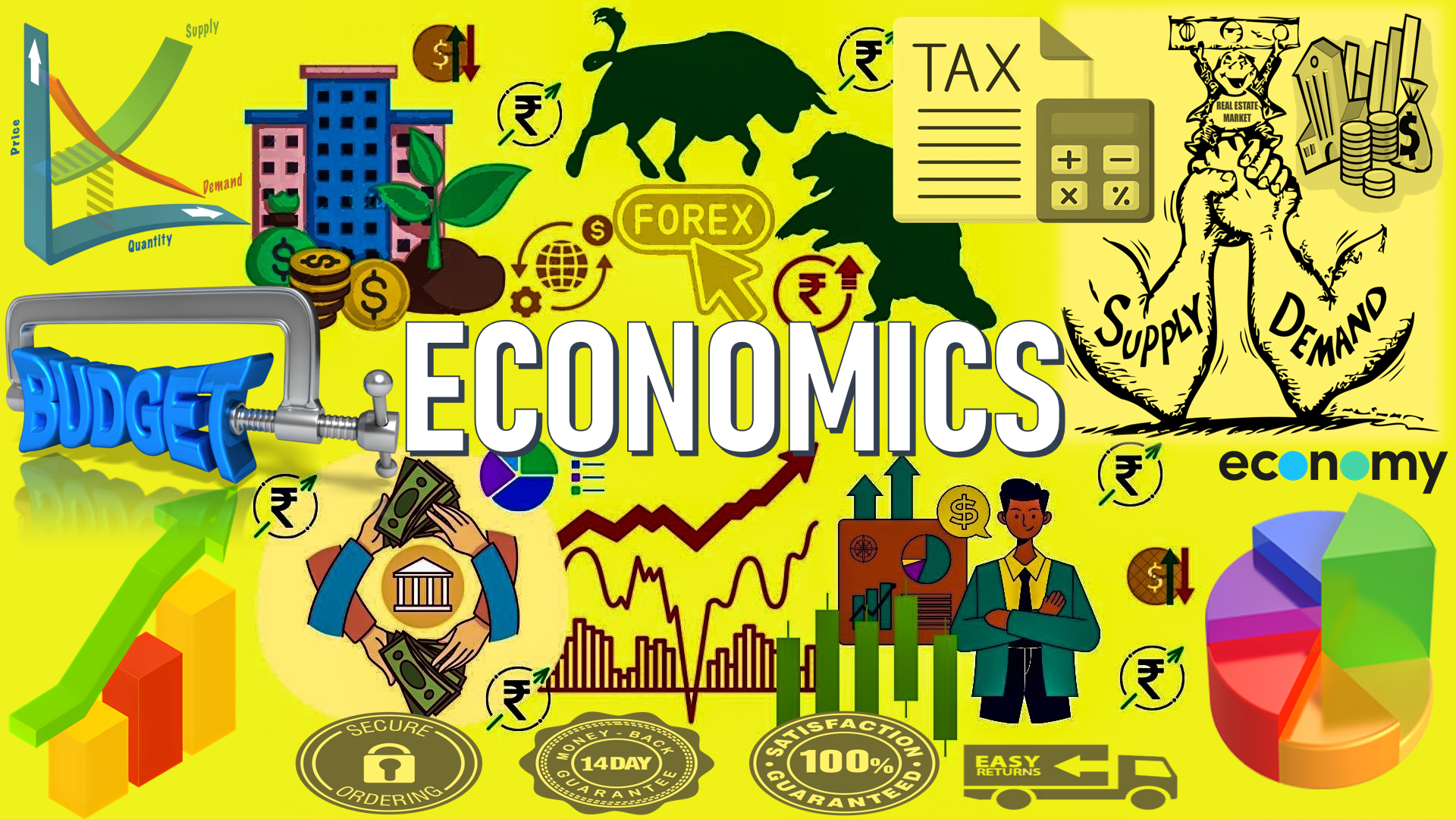
Economics, Accounts and Management.

Reviewing old and new books.

Ancient, Medieval, Modern, World History.
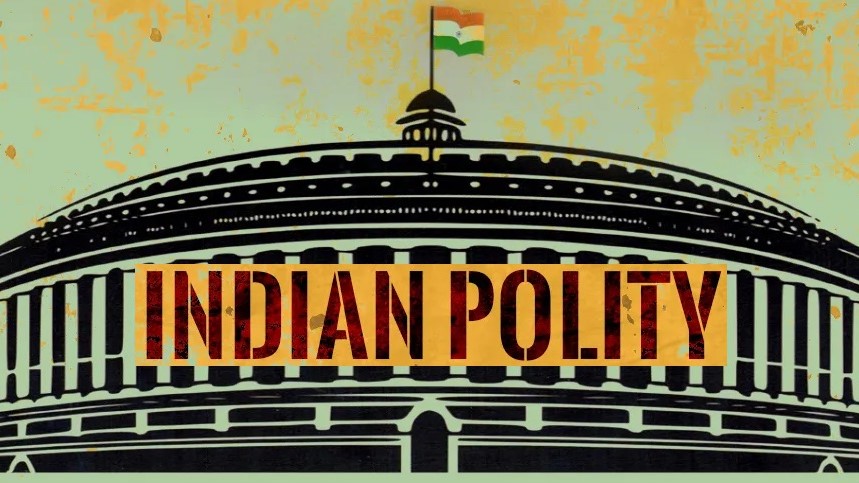
Indian Constitution, Politics, Policies, etc.
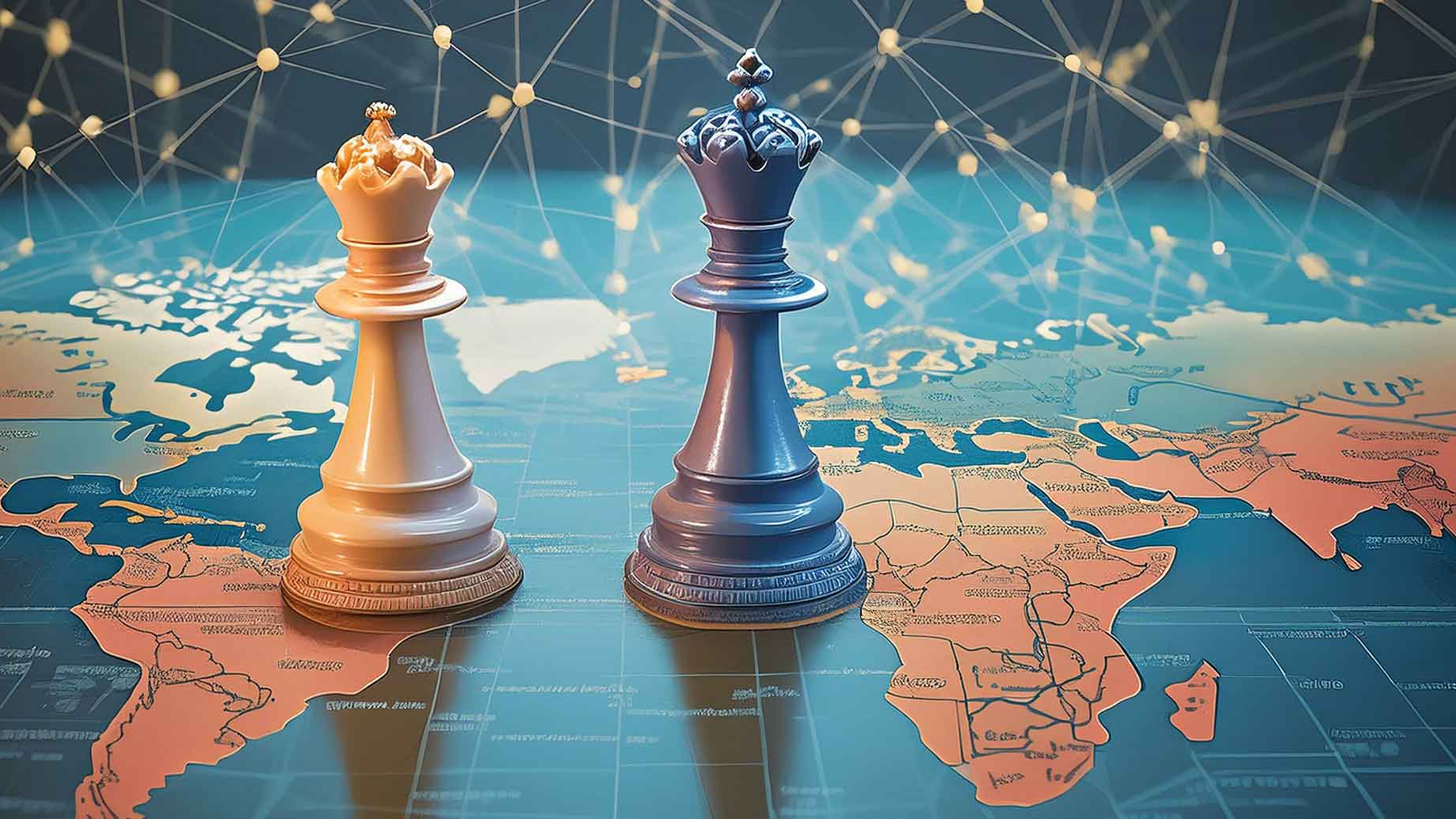
Everything related to International Affairs.

For all humanities topics, except History & Polity.

Anything related to entertainment industry.
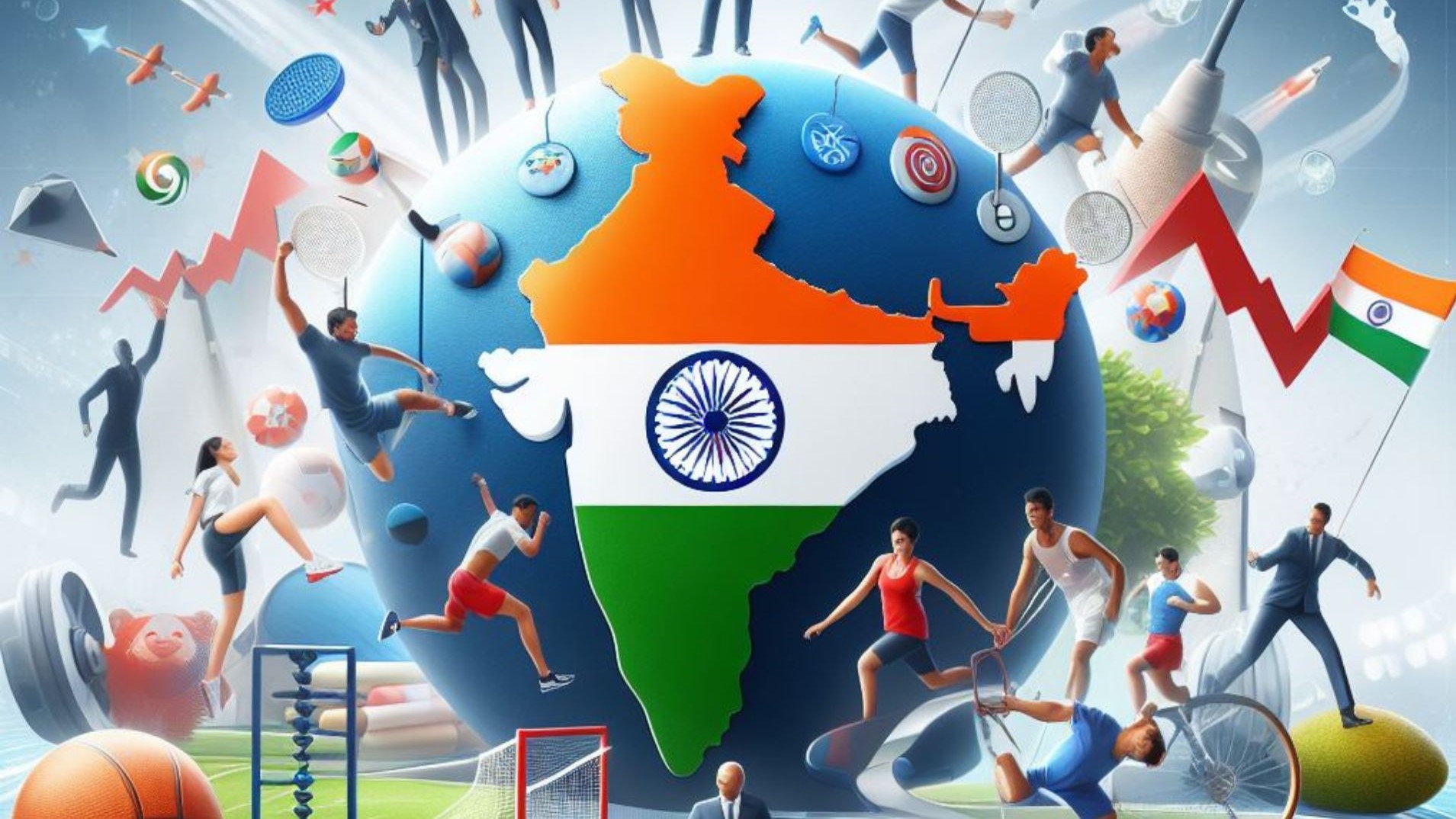
Mainly Cricket but other sports too.
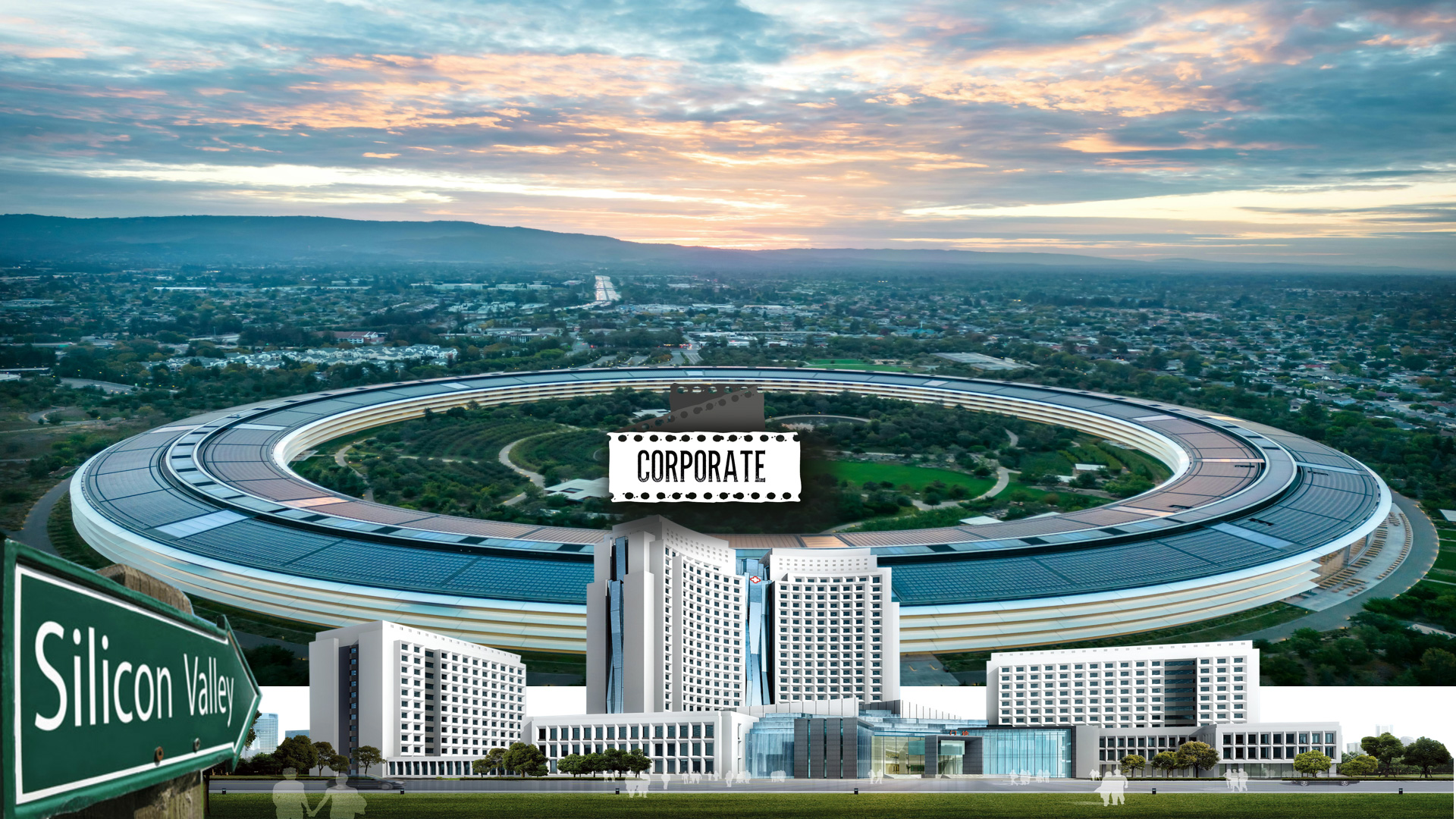
CS, IT, Services & Corporate Sector.
Comments
No comments yet. Be the first to comment!
Leave a Comment